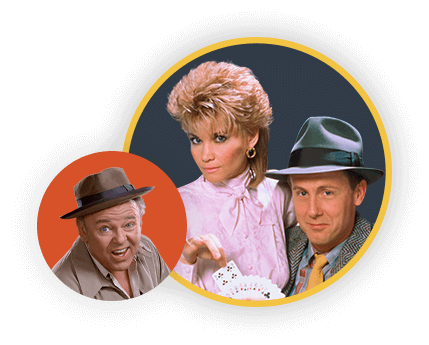February 8, 1968: Orangeburg Massacre

Image: AP Photo
Racial tensions were still running very high in the south in the late '60s. Before high profile cases of brutality at Kent State and Jackson State in 1970s, there was the Orangeburg massacre. On February 8, 1968, three black men, Samuel Hammond, Henry Smith and Delano Middleton, were killed by South Carolina Highway Patrol officers on historically black college South Carolina State University’s campus.
There were a number of events that led to the conflict that resulted in three deaths and 27 injuries, most of which stemmed from a local bowling whose owner, Harry K. Floyd refused to desegregate. According to South Carolina’s Information Highway, Floyd argued that because his business was privately owned, despite having a lunch counter and falling under the jurisdiction of laws regulating interstate commerce, the Civil Rights Act of 1964 didn’t apply. A number of peaceful protests ensued, until one night when Floyd had police officers waiting in the bowling alley for a group of protestors who preceded to beat protestors with billy clubs, sending eight students to the hospital. Tensions continued to escalate over the next couple of days.
On February 8, a group of 200 students lit a bonfire in protest of the segregation and police and firefighters were called. A police officer was hit with a bannister and another officer fired a "warning shot" in the air. Police claimed they thought the shot was fired by a student and eight more cops started firing their guns into the crowd of protestors. Two of the men shot, Hammond and Smith were SCSU students, while Middleton was a high school student waiting for his mom to get out of work, on the steps of a nearby dormitory.
The federal government pressed charges against the nine police officers involved. This was the time federal cops were put on trial for excessive force on a college campus, but were all acquitted because the jury believed their claim that a student shot first. No students were proven to have had guns on them, and 36 witnesses said that the first shot came from an officer’s gun.
Outside of the town and campus, the story of the Orangeburg massacre isn’t well-known. It wasn’t a highly publicized event. Historian Jack Bass states a few reasons for this — the small number of casualties was overshadowed by the stories of larger-scale urban riots, the massacre happened in the evening when the media coverage for the day ended and the fact that young black men protesting segregation were the victims.




